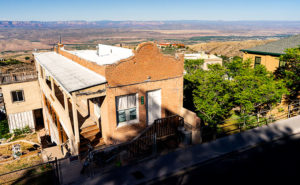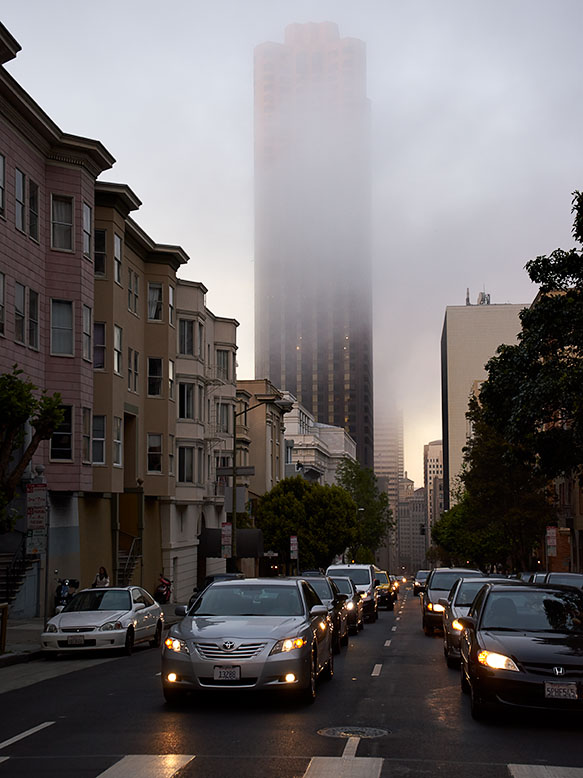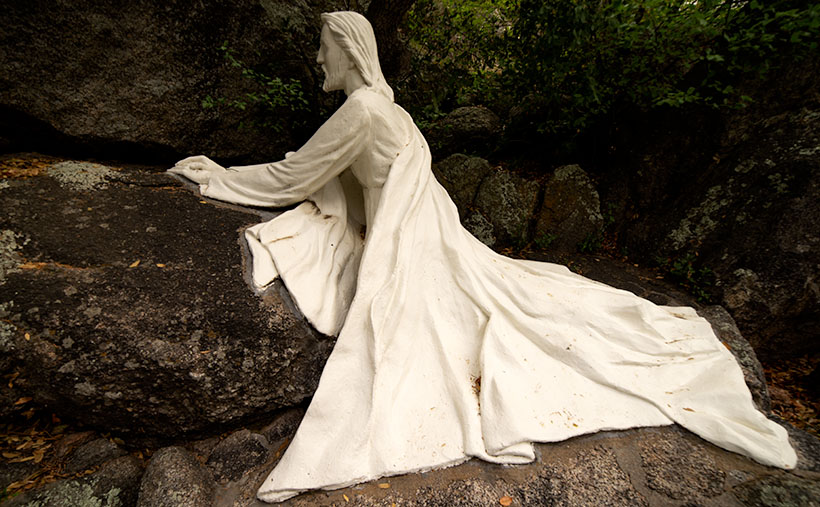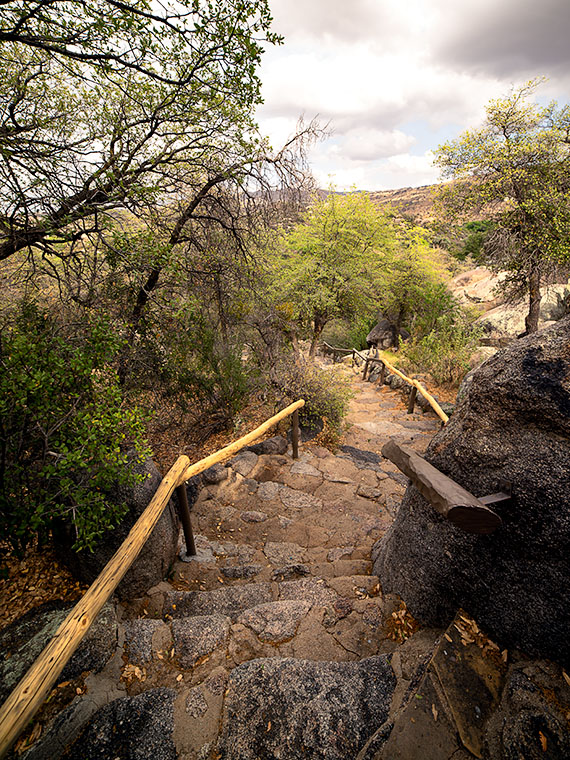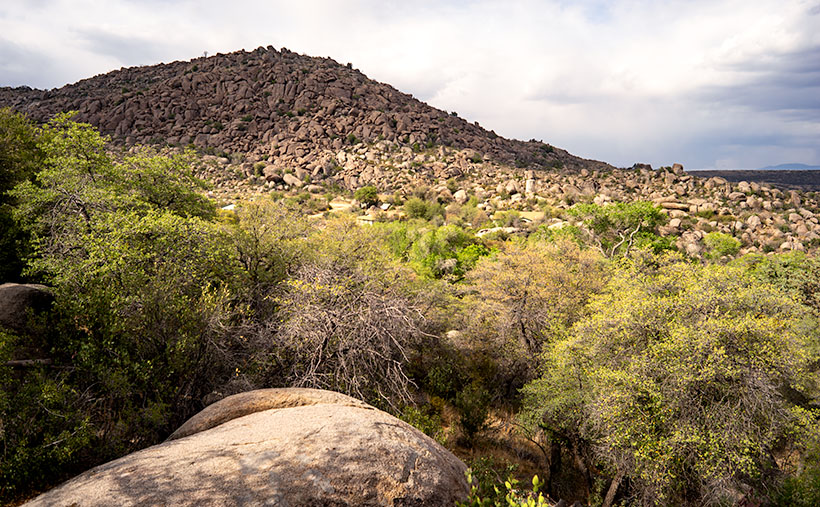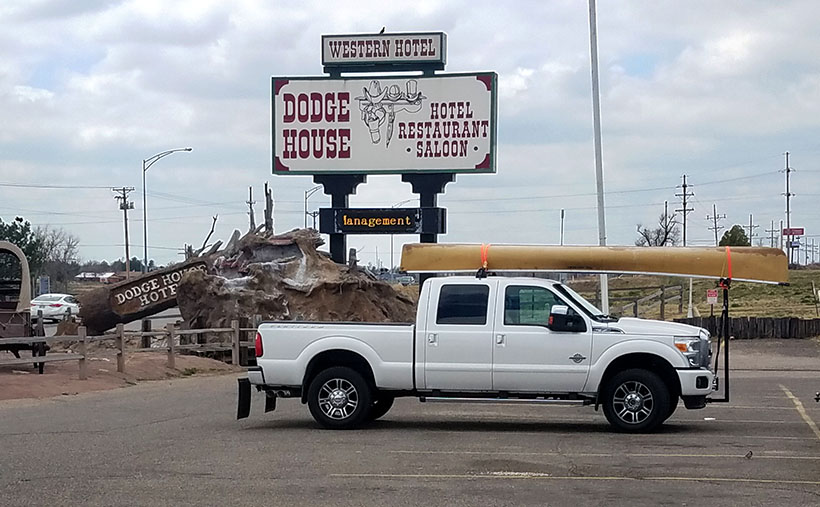When I first moved to Arizona in 1972, I hung out at a certain Scottsdale Restaurant. It was a trendy steakhouse that had a minimalist décor of white walls with dark wood trim and original oil paintings—on loan from a gallery—decorated the walls. One painting in particular that impressed me was of an eagle emblem with a broken wing positioned over the word Liberty. The design was simple enough to be a graphic poster, but the style was photorealistic and it looked as though it could be a building sign. This was back when we all had long hair and wore bellbottom pants, so I thought it was a political statement when I first saw it.
“Oh no, that’s the Liberty Theater in Jerome,” my waitress corrected.
“Jerome, what’s that?” I asked.
“It’s the ghost town near Sedona. You’ll have to go there sometime.”
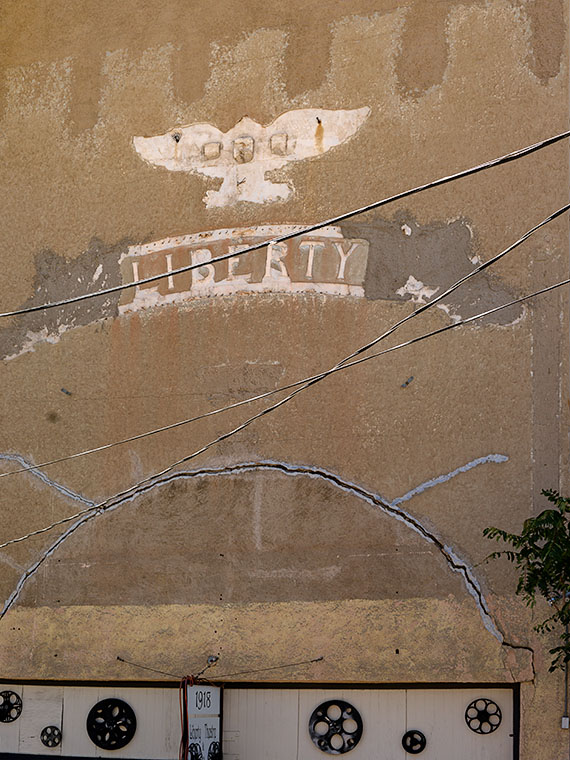
So I did, and as I wandered the streets of the old copper mine town, I felt strangely comfortable—like I had always known this place. There was something familiar about its terraced streets lined with white clapboard row-houses. Jerome reminded me of the Pittsburgh neighborhood where my great-grandmother’s—Busha—apartment house was, and where my family lived until I was in the first grade. I remember it was on Bigelow Boulevard—a wide thoroughfare that ran east from downtown up a long grade onto Pollock-Hill—the local slur for the neighborhood. Just like Jerome, laborers built our community on a mountainside on unsuitable plots and walked to work up and down endless staircases. Our apartment at Busha’s was on the second floor if you came through the front entry, but from the backyard, we were on the fourth floor of a five-story building.
Growing up in neighborhoods like these isn’t for the feeble. My preschool playmates and I would test our balance by walking along the top of the retaining wall supporting the boulevard. It was a couple of feet wide, but the sheer drops would have killed us had we fallen. Another example of peril was in our apartment’s backyard. It was paved with bricks and the neighbor’s yard was low enough that we could jump from our fence rail, over a three-foot gap, and onto the neighbor’s wood-shed roof, which—as kids always do—we double-dog dared each other to do. The jump to the roof was easy. Just climb to the top of the railing and leap onto the roof. However, the return flight required clearing the four-foot rail. I mastered the jump several times before I missed and crashed head-on into the guardrail. As gravity drug me down, I saved myself by grabbing and holding onto the railing’s bottom pipe. I hung on for dear life above the abyss and started screaming so loud that my mother could hear me four flights away. I almost lost my grip when she finally came to my rescue and as she started to pull me up, she couldn’t hold on and I became a human pachinko ball as I ricocheted between the concrete retaining wall and the shed siding. I survived the fall but not without a slight scar under my right eye that is only noticeable as a bag under my eye when I’m tired. Then, my eye has a noticeable bag under it. I don’t know what hurt worse, the bloody cut or the beating I got when my dad got home.
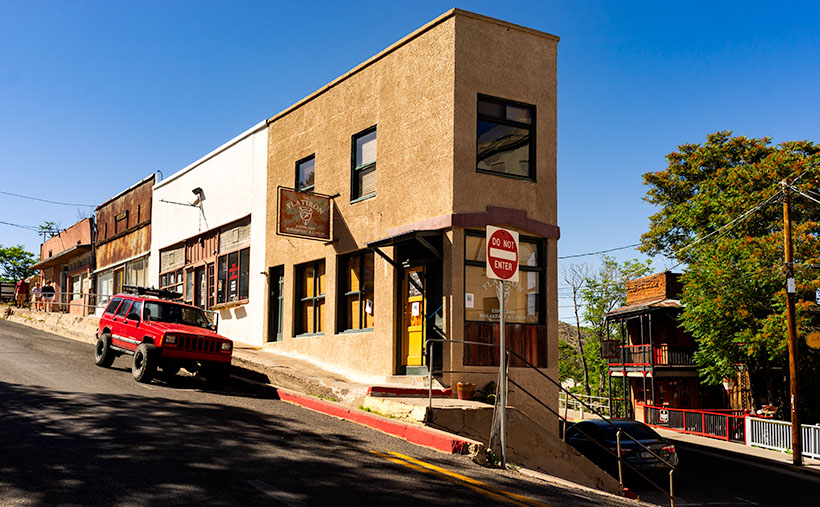
It’s been more than ten years since we’ve been to Jerome, and a couple of things struck me when Queen Anne and I visited last week. I didn’t understand at first, but there is a sense of openness now. Most of the abandoned homes have been torn down. Jerome was full of decaying houses that had crumbling foundations, sagging roofs, and signs on them that said, “Condemned – Danger – Keep Out.” Those are gone now. The buildings that remain have been extensively restored and reinforced. There are a few new homes built on the vacant lots, and that’s good to see.
The other big change is disappointing to me. It’s the closing of the House of Joy. The historic brothel was once one of Arizona’s première restaurants but it’s closed now and the building is for sale. Eating at the House of Joy was a big occasion and a good reason for spending a night in Jerome. I’m sad that I missed the chance to dine there. Most of the current eateries are open only for breakfast and lunch, so except for the geezer cover-bands playing at the Spirit Room, evenings in town must be quiet.

Jerome is still a great place to spend a day out of the valley. There are plenty of stores on Main Street to buy a tee-shirt, try on jewelry, admire local art, enjoy an ice cream cone, or relax with a cold beer. There are more haunted buildings than ever, and the museums and mine are worth visiting. Jerome, as always, is one of the spots that you take your eastern relatives so they’ll get an idea of Arizona’s history and geographical diversity. It’s just … the old ghost town is more refined now and not the rough and tumble kind of place I first knew.
Until next time – jw

